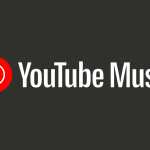We know this is one of your favorite series of articles. After recounting the history of all, or almost all, streaming platforms, let’s move on to the latest one, and not the least: the history of YouTube Music.
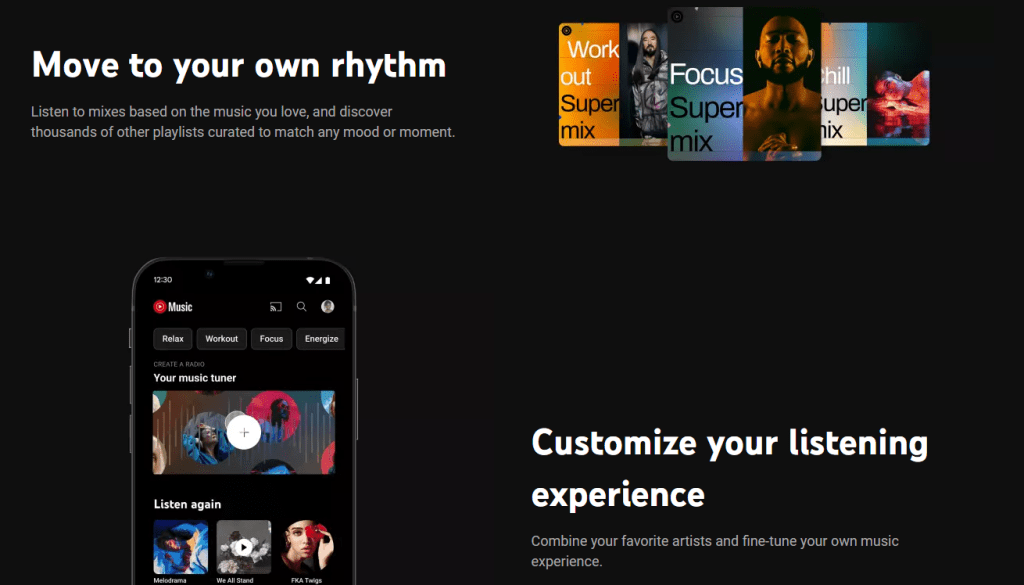
Google’s streaming service, YouTube Music, has evolved significantly over the years, and we’re here to provide you with a comprehensive understanding of its journey.
The history of YouTube Music: when did it start?
The story of YouTube Music begins relatively late compared to its competitors. The app was unveiled in 2015. But it wasn’t until 2020 that the entity as we know it today emerged. Google Music and YouTube Music joined forces to form YouTube Music Premium. Are you with us? It’s all exciting, to be sure, but to understand how YouTube Music Premium came about, we need to go back to the basics: the advent of YouTube.
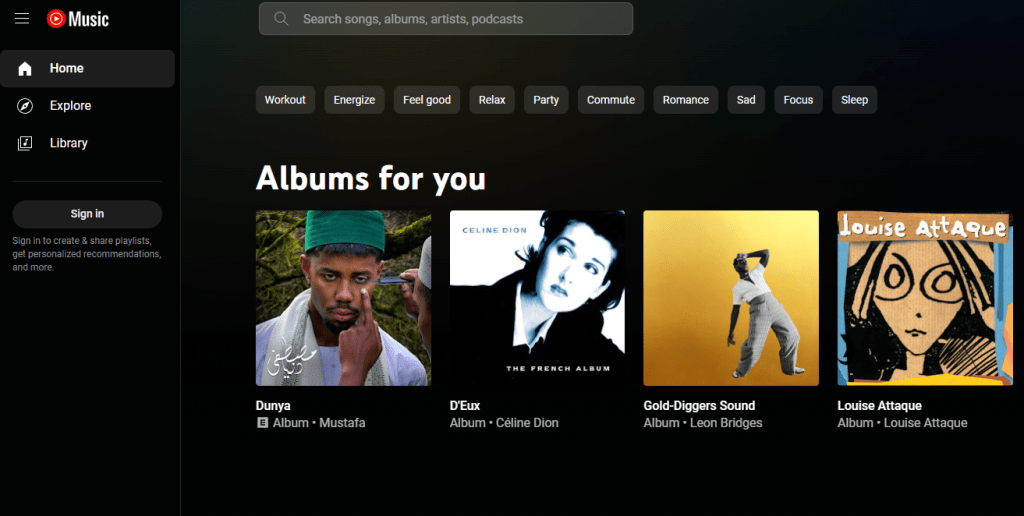
YouTube launched in 2005 and revolutionized the world of music. A new world of possibilities opened up for artists, labels, and listeners alike. Except there’s a problem—a very big problem indeed: piracy. Everyone uploads anything and everything to YouTube without bothering to check the copyright.
Piracy
The music industry is in a state of panic: Internet users are uploading concerts, albums, and music videos to YouTube, and the platform is having difficulty controlling it. All this comes on top of the piracy worries that began with the arrival of Napster in 1999. At the time, the video clip market had great potential. It started with the arrival of MTV in 1981 and the broadcasting of iconic clips, such as Michael Jackson’s “Thriller”. It showed that music was also about images. By the mid-2000s, MTV had turned towards reality TV. YouTube was then becoming the preferred destination for artists to broadcast their clips.

However, YouTube isn’t the ideal solution; the platform pays the labels and their artists minimal royalties. In December 2008, Universal Music Group withdrew all its videos from YouTube. However, YouTube wants to keep the label’s videos, as they can generate advertising revenue. In March 2009, they reached an agreement that allowed Universal Music to hold a larger share of advertising revenues on their videos. A month later, Universal Music content was back on YouTube. At the same time, the Vevo platform was launched, competing with YouTube. A merciless war began between YouTube and Vevo, culminating in 2017 with the repatriation of videos hosted on Vevo to YouTube.
The big break in the history of YouTube Music
After the war between Vevo and Google, YouTube and Google expanded their influence in music streaming. This was particularly significant as Google Music had struggled to compete with Apple Music, Spotify, and Deezer. In 2018, YouTube Music made a significant leap forward by launching a desktop music player and a revamped app interface. These updates included numerous features and an improved music recommendation system. Previously tied to YouTube Premium, YouTube Music became an independent app and Service. This marked a significant turning point in the history of YouTube Music, setting the stage for its future growth and success.
With the official launch of YouTube Music Premium, YouTube and Google have big ambitions. This is all the more so since, in April 2023, a previously missing feature is now available on YouTube Music: podcasts. It’s a rather timid start. Especially when compared with Spotify and others. But YouTube Music promises to go from strength to strength in the months and years to come. This is a crucial step in the adoption of YouTube Music.
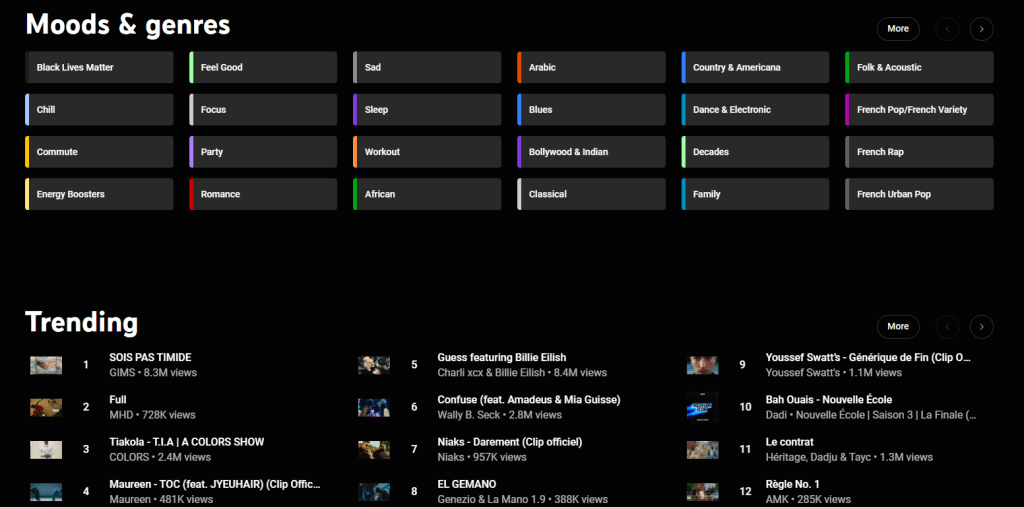
Numerous versions
The YouTube Music Premium we know today has seen many different versions. In 2014, YouTube launched the Music Key service, enabling ad-free streaming of music clips. This Service was then replaced by YouTube Red, which offered similar features. Finally, in 2018, YouTube Red was rebranded as YouTube Premium. And this new Service included a music streaming component: YouTube Music Premium. This evolution, while complex, is important to understand to get a good sense of the current state of YouTube Music Premium. Fortunately, Soundiiz is here to help you navigate this journey!
YouTube Music Premium is gaining traction in the USA, but its global penetration is challenging. However, YouTube Music Premium is poised to capture a significant market share in the future. It’s worth noting that Amazon Music, one of YouTube Music’s main competitors, is also backed by a tech giant. Amazon and Google can offer competitive deals to their customers, bundling music subscriptions with their other services. In the face of such competition, it’s a tough battle.
YouTube Music understands this because Google also serves them in another inescapable domain: the algorithm.
The Promises of YouTube Music
One of YouTube Music’s greatest assets is its algorithm. It’s based on the power of Google, and to be honest with you, the recommendations offered by YouTube Music are almost frightening. Linked to Google, YouTube Music can detect where and when you use its services. For example, if you’re having a drink, it will suggest energetic playlists tailored to you. And then, you may see playlists with relaxing music when it’s late at night. It may sound invasive, but we’re no strangers to this type of data. Used correctly, these recommendations prove exciting and differentiate between Spotify, Apple Music, Deezer, TIDAL, Amazon Music, and YouTube Music Premium.
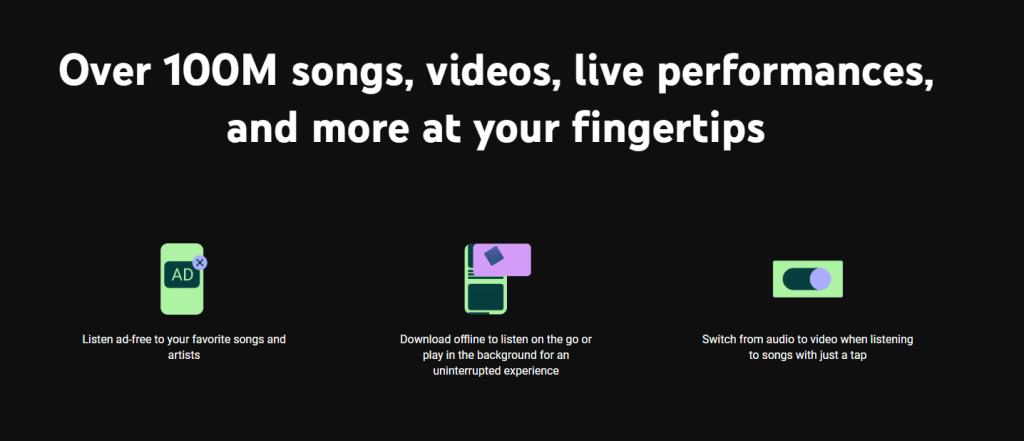
Once again, thanks to the precision of Google’s algorithm, YouTube Music’s search system couldn’t be more efficient. It’s perhaps the best on the market. It may seem trivial, but YouTube Music will find whatever you’re looking for, thanks to many parameters that are as precise as possible.
To do this, YouTube Music relies on one of the most extensive song and album catalogs on the market. At the time of its launch, this was one of the Service’s main promises, and there’s no doubt that Google has succeeded in its challenge.
The history of YouTube Music – Prices and subscription options
We all know that to win in a competitive market, the main argument isn’t always the algorithm or the catalog but the price. In this respect, YouTube Music Premium offers a consistent and balanced package at $10.99 per month for an individual subscription and $16.99 per month for a subscription, allowing six different people to use the same one.

A nice feature: if you take out a YouTube Music Premium subscription and pay an extra $2 (or $12.99 per month), you’ll have access to YouTube Premium. Another option unlocked with a YouTube Premium subscription is playing YouTube songs and videos in the background. You’ve all been frustrated that the YouTube video you watch on your smartphone stops when you exit the app. Signing up for a YouTube Music Premium subscription allows the video to run in the background. Even when scrolling through your social networks!
If you don’t want to pay for a subscription, you should also know that YouTube Music can be used without spending a dollar but with ads.
Why use YouTube Music with Soundiiz?
Like most competitors, YouTube Music Premium lets you use its services for one month without paying a cent. One month may sound like a little, but with Soundiiz, you’ll have plenty of time to learn how to use YouTube Music.
Soundiiz lets you transfer all your Spotify, Apple Music, Amazon Music, Deezer, and other data to your new YouTube Music Premium account. So you don’t have to start from scratch: Soundiiz makes the transition easy—a good thing when you know that using a new streaming platform can be disorienting. With our Transfer function, this is no longer a problem. We’ve worked on this feature for several years to ensure an optimal matching process.
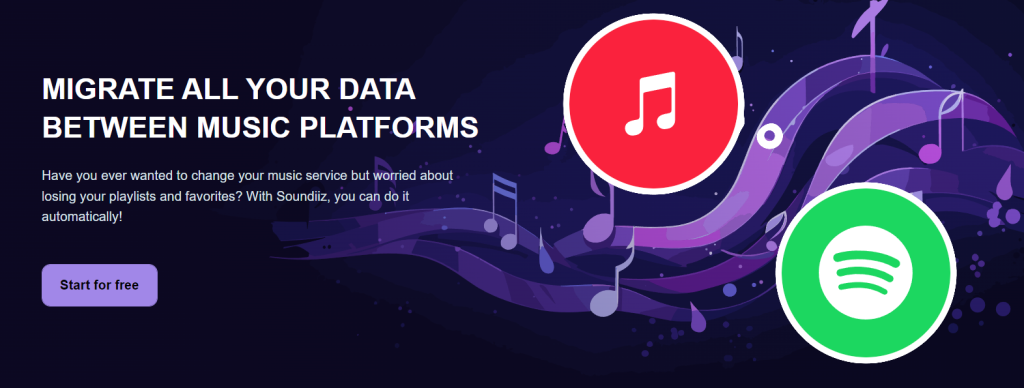
And yes, in case you were wondering, our services are 100% legal because we don’t download or retrieve any audio files.
With Soundiiz, once your Spotify account is connected to your Soundiiz account, you can delete and update multiple playlists and manage everything in one place. You can keep your playlists up to date and never out of date.
Another feature our users appreciate is the ability to sync playlists. Let’s say you’ve been a Spotify user until now but decided to subscribe to YouTube Music. You hesitated because you like Spotify’s playlists, and you’d like to continue listening to them on YouTube Music Premium and benefit from their updates. Soundiiz makes it possible.


